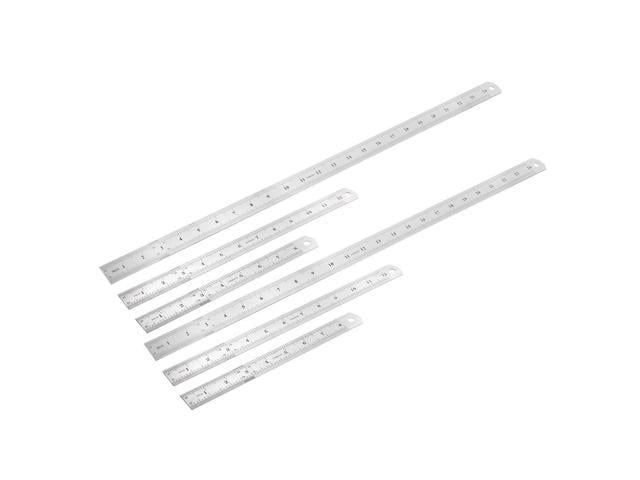Excerpt from A Portrait of George, Moore in a Study of His Work
Ascinating as the art of portraiture may be, it is yet more difficult than fascinating when the medium is not the brush or the pencil, but the twenty six letters of the alphabet. The difficulty does not arise from the poverty but from the richness of the medium, from its subtlety and confusions, hints and associations, from its uncertainty as well as from its simplicity, from its manifest variability as well as from its secret rigidity. The ideal craftsman - to disclaim a higher term - must needs subdue himself to his subject, and yet without the intensest realization of himself he cannot realize his subject; and hence the result of his labours, patient and faithful though they be, may appear as much a portrait of himself as of his sitter. And if he practise his hand upon several subjects his facility may show itself in nothing more plainly than in the involuntary portrayal of his native characteristics, and a mere generalizing tendency so far as his sitters are concerned. His only advantage is that he need not consult - as must the artist with the brush - the convenience or even ask the consent of the subject; but since that advantage does not affect the present occasion, I do not dwell upon it here.
About the Publisher
Forgotten Books publishes hundreds of thousands of rare and classic books. Find more at www.forgottenbooks.com
This book is a reproduction of an important historical work. Forgotten Books uses state-of-the-art technology to digitally reconstruct the work, preserving the original format whilst repairing imperfections present in the aged copy. In rare cases, an imperfection in the original, such as a blemish or missing page, may be replicated in our edition. We do, however, repair the vast majority of imperfections successfully; any imperfections that remain are intentionally left to preserve the state of such historical works.















